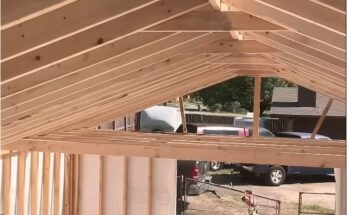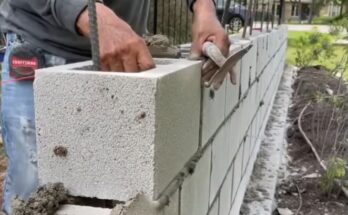Wood warping and cupping are common issues in woodworking, construction, and furniture making. These problems occur due to moisture imbalances, improper storage, or environmental factors. Understanding the causes and implementing preventive measures can help maintain wood’s integrity and longevity.
What is Wood Warping and Cupping?
Wood warping is a general term that refers to the distortion of wood from its original shape. It can take various forms, including bowing, twisting, crooking, and cupping. Cupping specifically occurs when the edges of a wooden board rise higher than the center, creating a concave shape. This is often due to uneven moisture absorption, where one side of the wood expands more than the other.

Straighten Warped Wood’s picture
Causes of Wood Warping and Cupping
- Moisture Imbalance – Wood is highly susceptible to moisture changes. When one side absorbs more moisture than the other, it causes uneven expansion and contraction, leading to warping.
- Improper Drying – If wood is not properly dried or kiln-dried before use, internal moisture can cause deformations over time.
- Poor Storage Conditions – Storing wood in humid, damp, or unevenly ventilated environments can lead to warping.
- Exposure to Heat and Sunlight – Direct exposure to heat sources or sunlight can dry one side of the wood faster than the other, leading to cupping.
- Inconsistent Sealing – If only one side of the wood is sealed or finished, it can absorb moisture unevenly, resulting in warping.
How to Prevent Wood Warping and Cupping
- Proper Drying and Acclimation
- Before use, wood should be properly dried using a kiln or air-dried under controlled conditions.
- Allow wood to acclimate to the environment where it will be installed. This process can take several days to weeks, depending on the wood type.
- Store Wood Correctly
- Store wood in a dry, well-ventilated space with stable humidity levels.
- Stack boards horizontally with spacers between layers to promote air circulation and prevent moisture buildup.
- Use the Right Finishing Techniques
- Seal all sides of the wood with paint, stain, or polyurethane to create a protective barrier against moisture absorption.
- Avoid leaving one side untreated, as this can cause uneven expansion.
- Control Environmental Factors
- Maintain a consistent humidity level (ideally 35-55%) in indoor spaces.
- Use dehumidifiers or humidifiers as needed, especially in extreme climates.
How to Fix Warped or Cupped Wood
- Rehydrate or Dry the Wood Evenly
- Place the warped wood in a humid or dry environment (depending on the issue) to allow gradual rebalancing of moisture.
- Weigh down the cupped board with heavy objects to encourage flattening.
- Apply Heat and Moisture
- For minor cupping, lightly mist the concave side with water and place the board in a warm environment.
- Using steam or a damp towel with an iron can help relax the wood fibers and restore shape.
- Resawing and Planing
- Severely warped wood can be cut into thinner sections and re-glued or planed down to remove deformations.

